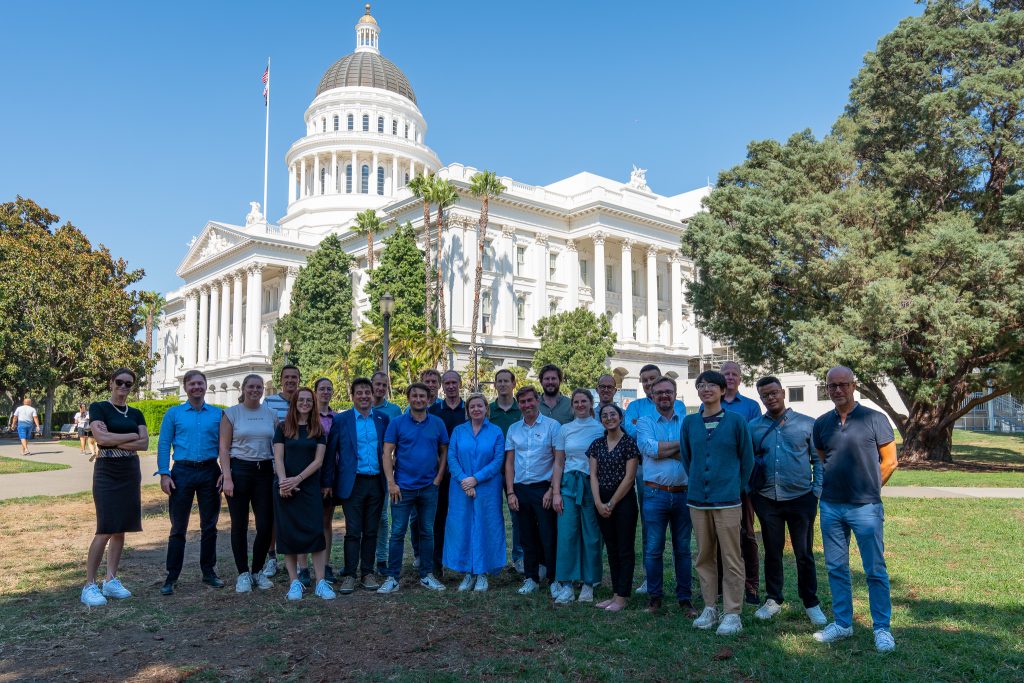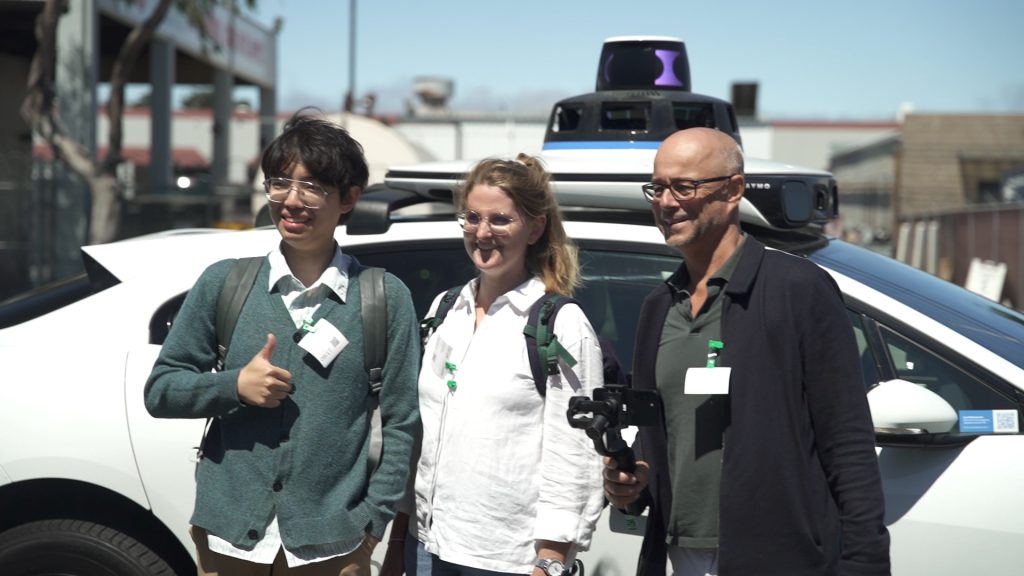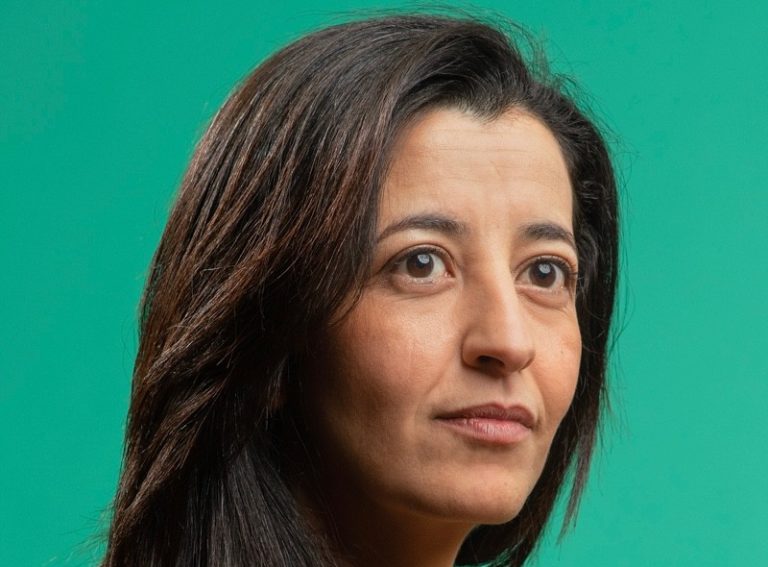The EIT Urban Mobility Academy is at the forefront of urban mobility education.
It has been set up to train the next generation of urban mobility practitioners with educational content and professional development.
“We train our students and professionals to become change agents of the system,” Academy Director Martin Vendel tells Zag Daily in an interview.
“Our Academy achieves this by teaching learners how to implement and leverage new technology, understand innovation and entrepreneurship, and develop transformation and change management skills.”
The Academy is one of the divisions that make up EIT Urban Mobility, an initiative of the European Institute of Innovation and Technology (EIT) that aims to facilitate the adoption of more sustainable forms of urban mobility and more liveable urban spaces.
Supported by long-term EU funding, the Academy recently launched a rebrand of UMX (Urban Mobility Explained) to consolidate its educational offerings into a single hub for sustainable urban mobility professionals at all levels.
Origins of UMX
The EIT Urban Mobility Academy has created several educational pathways designed to meet a wide variety of needs. It has partnered with several universities to offer masters degrees, it runs a PhD school with around 100 students, and supports students to create their own urban mobility start-ups.
Then there is UMX, which offers a diverse array of over 50 e-courses, an extensive range of hands-on live courses, 175 short videos, and other tailored learning resources to help professionals to upskill and re-skill in urban mobility.
Learners can explore the transformative impact of autonomous vehicles on cities, implement strategies to reduce the urban heat island effect, discover the truth behind 15-minute cities, and more.
“UMX started as a YouTube channel that we used to test out new topics and teaching formats,” Vendel explains. “And through this I became really interested in how to make a video more interesting and informative for the viewer by improving factors like sound quality, the presenter and the content itself.”
Vendel soon came to a discovery: “There is not a lack of courses available, but rather a lack of people taking the courses because the courses aren’t entertaining or engaging. Some sessions are too boring or academic, and often they are failing to reach the right people.”
In a bid to expand its appeal, the Academy adopted a funnel approach which started with the creation of short, snappy content through the UMX YouTube channel and was designed to draw people in and make them consider one of the shorter training courses. “If we know that they’re interested in watching our videos, perhaps they would also be interested in an online course that they can take in their own time, or possibly another programme later down the line,” Vendel says.
“Of course, it does not always work exactly like this in practice, but the YouTube channel made the Academy’s work far more visible. It also allows us to inspire people and show why the transformation of the mobility system that we want to see is so important.”
The numbers paint a picture of the channel’s success. As of today, it has 24,000 subscribers, 4.5 million views and 175 videos produced in 28 different countries.
“The videos can really leave a lasting impression. We produced one about how free public transport can have a positive impact on older people that made me cry,” Vendel admits.
“The scheme allowed this man to visit his grandchild more easily and it was very emotional and powerful.”
Rebranding and repositioning
In May 2024, the Academy revamped UMX to unify its wide range of professional educational offerings under one umbrella.
The reimagined UMX now encompasses not only its YouTube channel but also its e-learning platform, Urban Mobility Courses (UMC), along with more advanced Applied Learning Courses and a variety of additional resources, including blogs and webinars. This strategic overhaul aims to provide a more cohesive and streamlined learning experience for its community.
The e-courses are free and typically take two to six hours to complete and can be accessed online, with over 30,000 learners currently registered.
“Some of our Applied Learning Courses are in-person and take place over a couple of days in a chosen city. Others are online or hybrid, but the one thing they have in common is that they feature live instruction from experts,” Vendel says.
“These courses go deeper into a challenge that a city is experiencing and task participants with overcoming it with the support of experts and their peers. I think the courses are having a positive impact by raising awareness of the issues we face, but also in making the participants understand what can be done to solve these problems.”
Vendel highlights the impact of a training course UMX conducted for Maltese policymakers, which focused on the design of cycling infrastructure.
“It started with someone working with the Maltese Transport Authority taking one of our online courses on the development of cycling infrastructure and contacting us to see if we could deliver a deeper, more hands-on training programme, in Malta,” he explains.
“Despite being a small island, Malta has one of the highest car ownership rates per capita in Europe. The course was designed to change this. It provided the policy makers with the tools and knowledge they needed to make the most of the €35 million investment decided by Malta for the development of new cycling paths.”
Study Trips
This concept was developed in collaboration between EIT Urban Mobility and Espaces-Mobilités, following strong interest generated by an Autonomous Vehicles (AV) series on the UMX YouTube channel.
Various mobility technicians and executives in Belgium were amazed at what they discovered in the video and wanted to know more. In partnership with the Belgian non-profit ITS, this led to the creation of an “executive study-tour” programme that provides participants with exclusive access to leading AV experts and deep, firsthand insights into the rapidly evolving industry.
As part of the initiative, participants embarked on a week-long visit to San Francisco, California, where they had the chance to travel the city in driverless taxis, and visit the factories and manufacturing plants where the technology is being tested and produced.
They also engaged directly with the leading autonomous vehicle OEMs and policymakers at state and city levels in charge of autonomous mobility.

Vendel, who joined the trip, said: “It provided such a different perspective on the implementation of autonomous vehicles in the U.S. because it is so different from Europe in terms of policy. The first time I rode in a robotaxi, I was quite scared. But by the time I took my third ride, it had become totally normalised. And we concluded that this technology could have real potential for public transport schemes in Europe.”

Following the success of the inaugural trip, UMX has continued to organise annual Study Trips in this fast-developing area with the 2024 edition recently concluding. This year’s itinerary included meetings with executives from Tesla, Nuro, Cruise, and Waymo, as well as a mobility conference at the University of San Francisco. The Study Trips offer a rare opportunity to witness the cutting-edge advancements in AV technology and discuss the future of mobility with key players in the field.
The transition to sustainable urban mobility is accelerating, and EIT Urban Mobility’s Academy is committed to ensuring that UMX leads the way in shaping this future.





